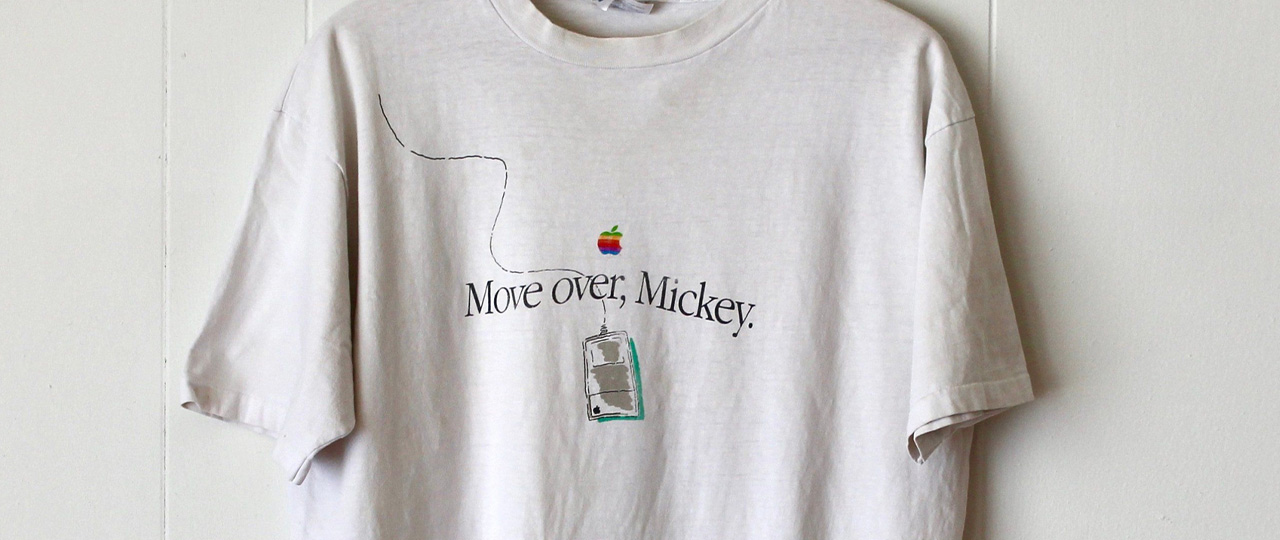How many fingers are in a hand?
2010/03/22.
It appears that 5 is no longer the right answer, or at least not the most accurate one. An dit’s not that we are suffering from a phisical mutation, in fact it is not something new, but something that takes a new meaning because of the new tools that are part of our everyday life.
Never before in human’s everyday life, anything had so much presence as computer mouses and screens, and little by little it’s being demonstrated that these tools that we use everyday really become a part of us. “The person and the various parts of their brain and the mouse and the monitor are so tightly intertwined that they’re just one thing”. These are the conclusions of Anthony Chemero, a cognitive scientist at Franklin & Marshall College at Lancaster, Pennsylvania. In his experiment, that confirms the theory of great german’s philosopher Martin Heidegger (1889-1976), it becomes clear that people don’t notice familiar, functional tools, but instead “see through” them to a task at hand, for precisely the same reasons that one doesn’t think of one’s fingers while tying shoelaces. The tools are us.
This idea that has influenced artificial intelligence and cognitive science research, but without being directly tested, probably one day, not far way, will be considered when designing a brand’s comunication.
We’ve all seen how when an old person uses a computer mouse they tend to look at the screen, but instead, when it’s a kid that does it, he looks at the screen naturally.
Thanks to the agency DraftFCB we know there are 6,5 seconds that matter when getting an audience’s attention to a brand. Thanks to the agency Bob we know our brains are changing. And now, thanks to Anthony Chemero’s experiment, we know that the computer mouse and screen is not something between a person and a brand, but instead, an extension of the speakers of that conversation, or at least of one of them.
¿Cuantos dedos tengo en esta mano?
Parece que 5 no es la respuesta correcta a esta pregunta, o por lo menos no del todo exacta. Y no es que estemos sufriendo una mutación física, de hecho ni siquiera es nada nuevo, sino algo que toma un nuevo significado por las nuevas herramientas que forman parte de nuestro día a día.
Nunca antes en la vida cotidiana de los seres humanos, algo había estado tan presente como un ratón o un monitor y poco a poco se va demostrando que estas herramientas que usamos a diario realmente se convierten en una parte de nosotros. “Una persona y las distintas partes de su cerebro y el ratón y el monitor están tan estrechamente interrelacionadas que se convierten en una sola cosa”. Estas son las conclusiones de Anthony Chemero, científico cognitivo del Franklin & Marshall College (Lancaster, Pennsylvania). En su estudio, que viene a confirmar la teoría del filosofo alemán Martin Heidegger (1889-1976), se demuestra como las personas (o más bien nuestros cerebros) se funden con las herramientas que usan. “La herramienta no está separada de ti. Es parte de ti”. Las personas no percibimos las herramientas que usamos diariamente, al contrario vemos a través de ellas, de la misma forma que no pensamos en nuestros dedos cuando nos atamos los cordones del zapato. Esta teoría que ya ha influenciado la inteligencia artificial y la investigación científica cognitiva, y nunca antes había sido probada, algún día no muy lejano, se tendrá en cuenta a al hora de diseñar también los elementos que forman parte de la comunicación de las marcas. Todos hemos podido ver como una persona mayor cuando utiliza un ordenador tiende a mirar el ratón en vez de a la pantalla y como cuando lo hace un niño pequeño este mira a la pantalla de forma natural. Gracias a la agencia DraftFCB sabemos que 6,5 segundos son los que separan a una marca de conseguir la atención de un espectador. Y gracias a Bob sabemos que nuestro cerebro está cambiando. Ahora también, gracias al estudio de Anthony Chemero, sabemos que el ratón y el monitor no es algo que está entre una persona y una marca, sino una prolongación de los interlocutores en esa conversación o por lo menos de uno de ellos.

Genial post!
Pero no me quedó claro cuantos dedos tenias en la mano… 😛